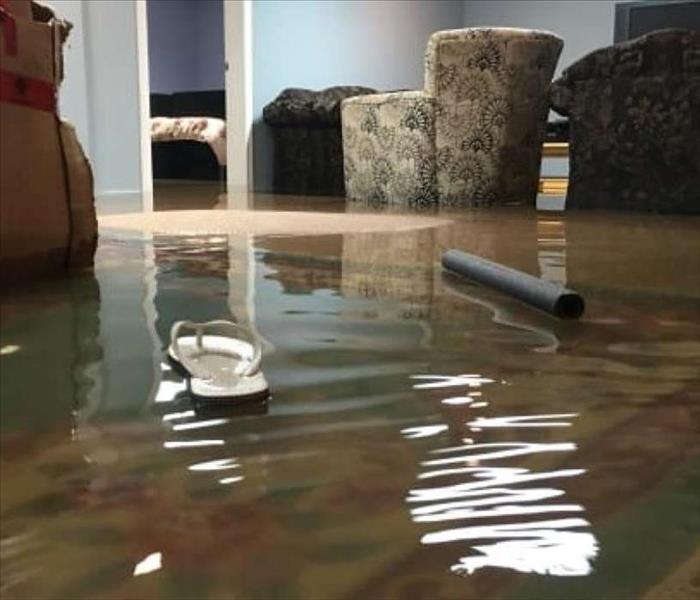How To Use A Submersible Pump
5/8/2019 (Permalink)
As we experience heavy rains here in the Quad Cities, SERVPRO receives an overflow of calls regarding water in basements. This may be due to seepage through the floor or foundation of your basement, or possibly a failed sump pump. Whatever the cause, water in your basement can lead to extensive water damage to your home and belongings, especially if you have a finished basement. For this reason, a submersible pump is a great product to keep on hand to slow the rising of water in your basement as it comes in, which will reduce the scope of damage, and to remove the remaining water once the rain or flooding has stopped. Once you have your submersible pump, it is important to follow a number of steps to ensure proper water removal. Below are tips on how to set up your pump:
- Along with your pump you will need a hose. This is sometimes a simple garden hose, sump hose, or possibly one that comes with your pump. You will want to make sure you have a long enough hose to get from your pump to your drainage site.
- Next you will need to connect the hose to your pump. Make sure that the connection is secure before starting your pump. Also consider that if the water you are removing is contaminated your hose may no longer be safe for other uses.
- You will then be ready to plug and your pump and start removing the water from your basement. Be sure to submerge your pump in the deepest water within your home. This will help you avoid running the pump dry. It will also allow your pump to keep working until a majority of the water is removed, as some pumps have floats that will automatically shut the power off once the water has reached a certain level.
- Keep an eye on your pump to make sure it is working properly. Also make sure that the area is free of debris to avoid clogs.
If you have water in your basement, call SERVPRO at 563-386-3540 to make it “Like it never even happened.”






 24/7 Emergency Service
24/7 Emergency Service
